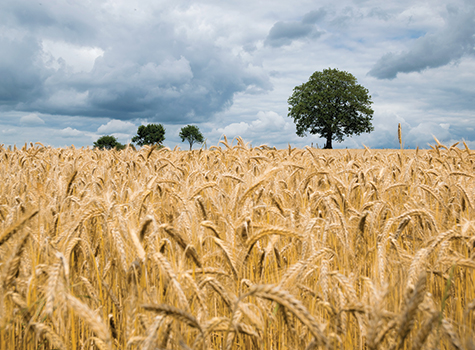
Celiac disease is an autoimmune disease that damages the small intestine and interferes with absorption of nutrients from food. People who have celiac disease cannot tolerate gluten. When people with celiac disease eat gluten, their immune system responds by damaging the lining the small intestine. This prevents nutrients from being properly absorbed which may cause many malabsorption issues such as anemia, stunted growth in children, weak bones, and lack of energy. There may be gastrointestinal problems such as abdominal pain, bloating, gas, diarrhea or constipation or both. However, many people may not have any specific symptoms. Celiac disease is diagnosed with blood tests. An endoscopy and biopsy are done to confirm the blood tests. There is no treatment for Celiac other than strictly following a gluten-free diet.
Celiac in the Asian Population
Until a few years ago, Celiac was thought to be a Western disease. However, there are increasing numbers of cases of Celiac in the Asian population.
An editorial in the Indian Journal of Medical Research in 2011 stated that Celiac disease is an “impending epidemic” and added that “what we see clinically is the tip of an iceberg that threatens to grow bigger”. According to All India Institute of Medical Sciences, celiac disease affects close to six-eight million people in India, yet both the disease and the gluten-sensitivity remains heavily under-diagnosed. According to a paper published in the World Journal of Gastroenterology in 2021, several studies suggested that, in the Indian subcontinent and Middle East countries, Celiac disease is present and as prevalent as in Western countries.
What is Gluten?
Gluten is a protein. It is found in wheat, rye, and barley. Gluten is what makes dough rise and make it soft and pliable. It is a reason why we can make nice soft chapatis from wheat flour. Rotis made from any other flour will not have the same texture. Bread, pizza crust and other baked goods also rise and have a nice soft and spongy texture because of gluten.
But our Parents and Grandparents always ate wheat, so what changed?
What changed is the type of wheat! Over the past several years, there has been a change in the variety of wheat grown. The three genome types are diploid, hexaploidy, and tetraploid. Hexaploid wheat is believed to stimulate the production of antibodies in the body, thereby causing the auto-immune disorder that is Celiac disease.
Other conditions recommended to avoid gluten: Non-celiac Gluten Sensitivity
Recent research has shown that it is possible to be sensitive to gluten without having celiac disease. Signs and symptoms can be similar to celiac such as abdominal pain, bloating, gas, diarrhea, unexplained anemia, muscle cramps, leg numbness and bone or joint pain. There are no tests to diagnose gluten sensitivity. The important thing is to rule out celiac before trying a gluten-free diet.
Wheat Allergy
This is a true allergy to the proteins present in wheat, namely gliadin and glutenin. Symptoms of a wheat allergy reaction can range from mild, such as hives, to severe, such as anaphylaxis. Therefore, it is advised that people with wheat allergy have quick access to an epinephrine auto-injector, such as an EpiPen or Adrenaclick, at all times. People with wheat allergy can eat all other grains, including rye and barley.
Hashimoto’s/Lupus/Autoimmune disorders
Certain autoimmune conditions have shown benefits from limiting gluten. There are no consistent studies, so patients must rely on trial and error and symptom improvement to see the effects.
Autism
There is some evidence to suggest that gluten-free casein-free diets that eliminate all wheat and dairy may be helpful for children with Autism.
Summary
Ӣ First, consult a gastroenterologist to test for celiac and other autoimmune conditions.
Ӣ A gluten-free diet is not a weight loss diet.
Ӣ Do not eliminate gluten without proper tests.
Ӣ If you do need a gluten-free diet, follow these guidelines:
– Consult a registered dietitian to help you plan a – well-balanced gluten-free diet.
– Limit packaged processed foods.
– Choose foods that are naturally gluten free.
– Include a variety of gluten-free whole grains, beans, fruits, vegetables, nuts & seeds.
Parul Kharod is a registered dietitian and licensed nutritionist and works as a Clinical Dietitian. She can be reached at parulkharod@gmail.com



